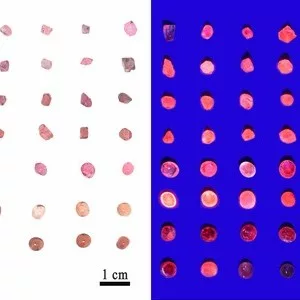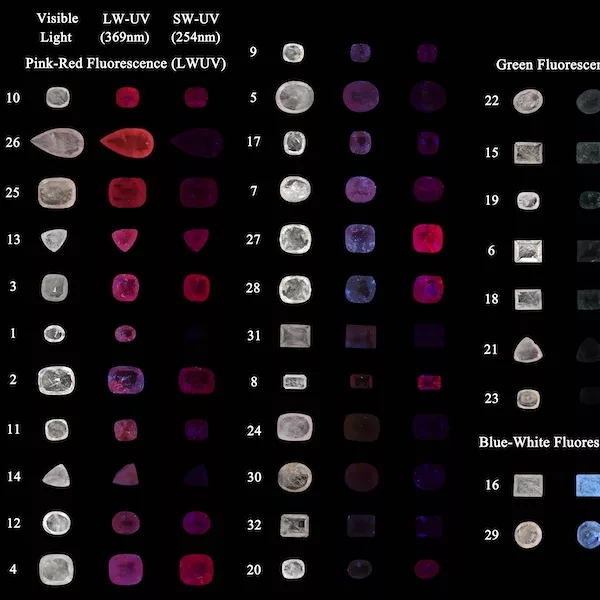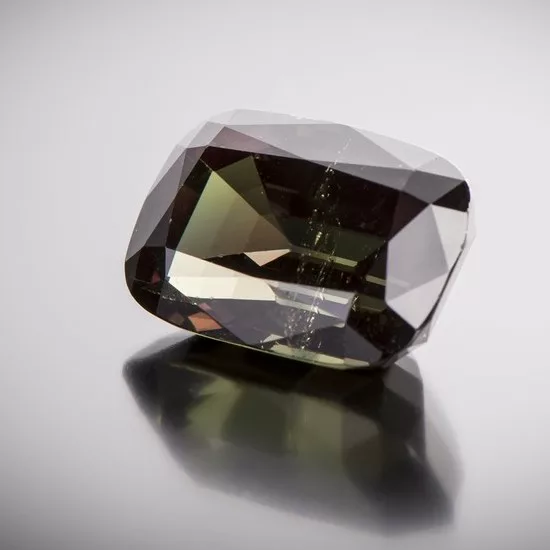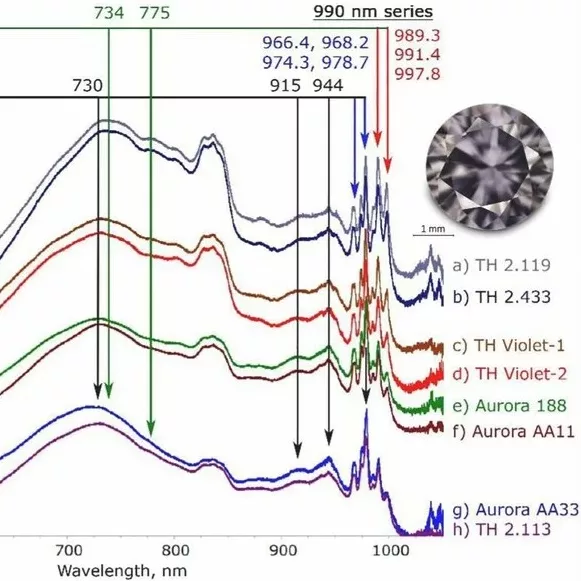Quantitative estimation of spinel’s thermal and geothermal history by photoluminescence spectroscopy and its application in spinel origin determination
Keywords: spinel, photoluminescence spectroscopy, thermal history, origin determination
The thermal history of spinel can not only be used to distinguish the natural spinel from heated and synthetic ones, but also to reveal that the spinel underwent different geological processes. It can be estimated by the parameter named degree of disorder, which is the result of order-disorder transition inside the crystal ![]() .
.
In this case, the temperature where the cations stop exchanging their positions is considered as intracrystalline closure temperature of spinel. Mineralogists studied spinel’s degree of disorder by X-ray or neutron diffraction and tried to develop spinel as a geothermometer (Millard et al. 1992; Uchida et al. 2005; Lenaz et al. 2014), but these methods are destructive and unsuitable for the analysis on gemstones. Photoluminescence (PL) spectroscopy shows considerable potential for nondestructively probing local cation arrangement around the impurities (such as Cr3+ and Mn2+) in MgAl2 O4 spinel. But most gemological research just used it in a non-quantitative comparison to separate natural spinel from heat-treated ones. A quantitative method was established in this work to estimate the thermal history of spinel and was applied to 354 natural samples from 5 countries (Figure 1).
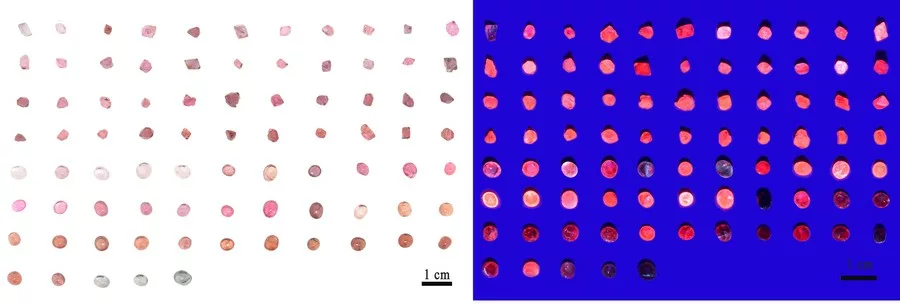
The PL spectrum consists of R peaks (emitted by ordered PL centers) and N peaks (emitted by disordered PL centers) (Mikenda and Preisinger 1981) (Figure 2). After obtaining the percent ratio of the integrated area of N peaks to the total integrated area under all peaks, the data were defined as a parameter to monitor the degree of disordering. Spinel from Myanmar was discovered to have a higher disordered degree than spinels from other origins, while those from Morogoro (Tanzania) exhibit the lowest (Figure 3). A thermodynamic model based on this spectroscopic parameter was built, and an equilibrium constant k was established (Wang et al. 2020). The parameter k was quantitatively related to the treatment temperature of spinel crystals (Figure 4), which can be reversely used to estimate the thermal or geothermal history of spinel according to formulas: ![]() in which [x] indicates the integral area percentage of certain peak. Estimated closure temperature of spinel from different origins located in separate ranges. Furthermore, N peaks of the samples with high Cr content were found to be abnormally strong, which would result in overestimating of thermal history. A relationship between Cr-pair peaks and Cr-content was constructed (Figure 5). By erasing the influence of high Cr content through differential spectrum through differential spectrum method (Figure 6), the estimated results would be more precise and universal. Based on this study, the establishment of an origin determination method and a new geothermometer can be expected.
in which [x] indicates the integral area percentage of certain peak. Estimated closure temperature of spinel from different origins located in separate ranges. Furthermore, N peaks of the samples with high Cr content were found to be abnormally strong, which would result in overestimating of thermal history. A relationship between Cr-pair peaks and Cr-content was constructed (Figure 5). By erasing the influence of high Cr content through differential spectrum through differential spectrum method (Figure 6), the estimated results would be more precise and universal. Based on this study, the establishment of an origin determination method and a new geothermometer can be expected.
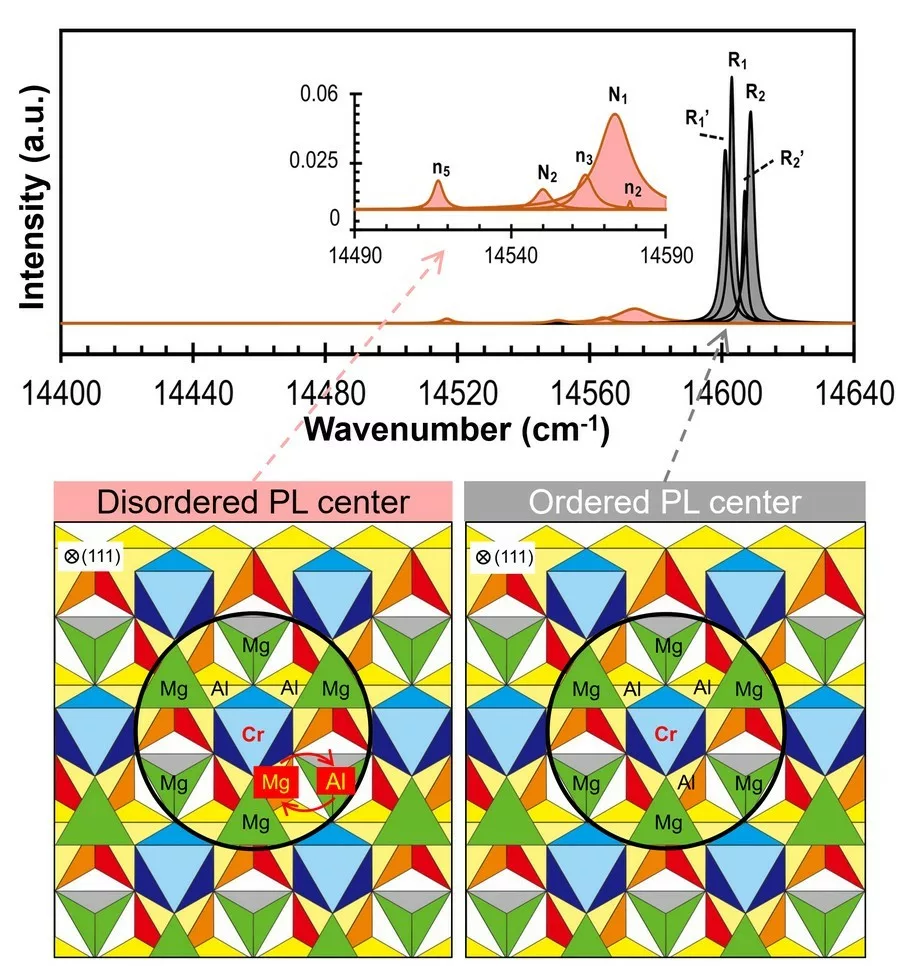
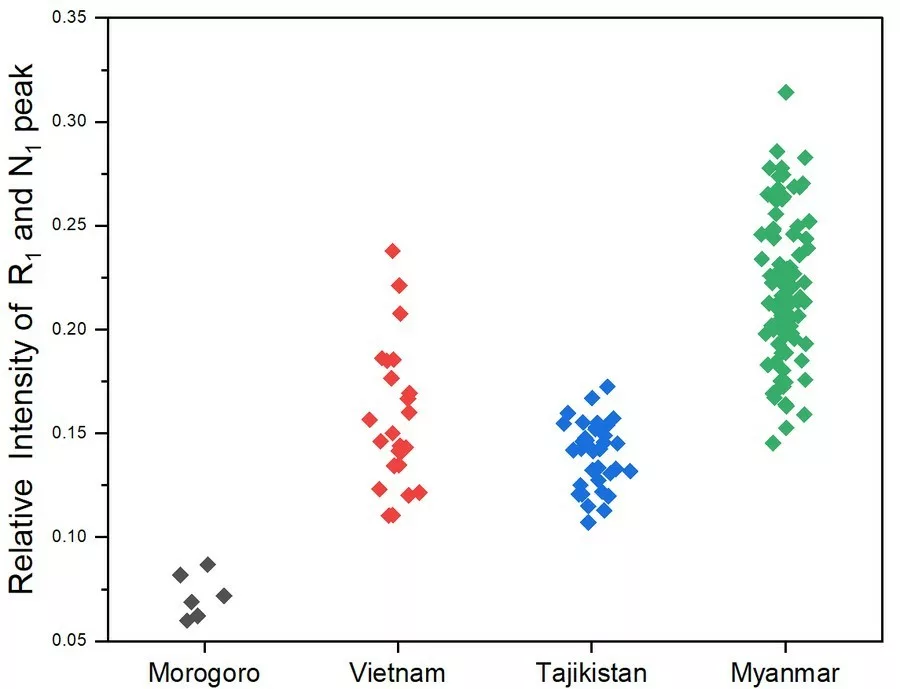
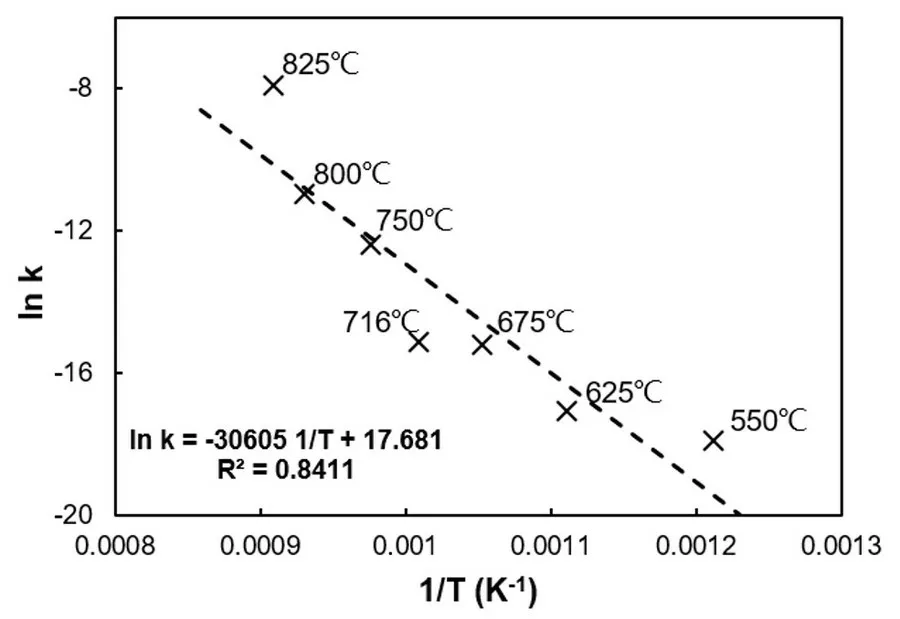
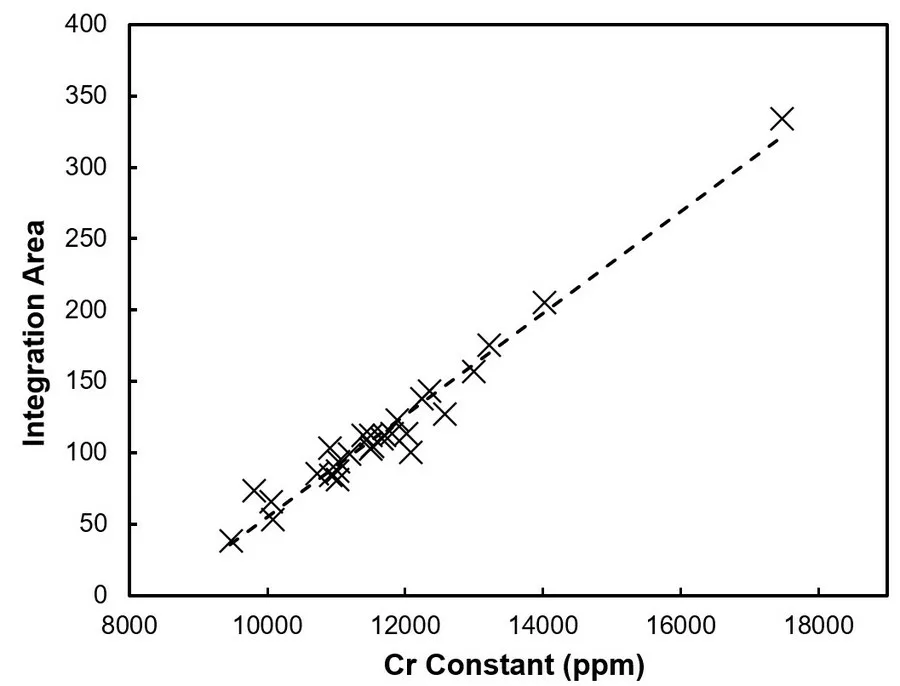

References:
- Lenaz, D., Youbi, N., De Min, A., Boumehdi, M.A., and Abbou, M. Ben (2014) Low intra-crystalline closure temperatures of Cr-bearing spinels from the mantle xenoliths of the Middle Atlas Neogene-Quaternary Volcanic Field (Morocco): Mineralogical evidence of a cooler mantle beneath the West African Craton. American Mineralogist, 99, 267–275.
- Mikenda, W., and Preisinger, A. (1981) N-lines in the luminescence spectra of Cr3+ -doped spinels (I) identification of N-lines. Journal of Luminescence, 26, 53–66.
- Millard, R.L., Peterson, R.C., and Hunter, B.K. (1992) Temperature dependence of cation disorder in MgAl2 O4 spinel using 27Al and 17O magic-angle spinning NMR. American Mineralogist, 77, 44–52.
- Uchida, H., Lavina, B., Downs, R.T., and Chesley, J. (2005) Single-crystal X-ray diffraction of spinels from the San Carlos Volcanic Field, Arizona: Spinel as a geothermometer. American Mineralogist, 90, 1900–1908.
- Wang, C., Shen, A.H., and Liu, Y. (2020) Characterization of order-disorder transition in MgAl2 O4 :Cr3+ spinel using photoluminescence. Journal of Luminescence, 227, 117552.

